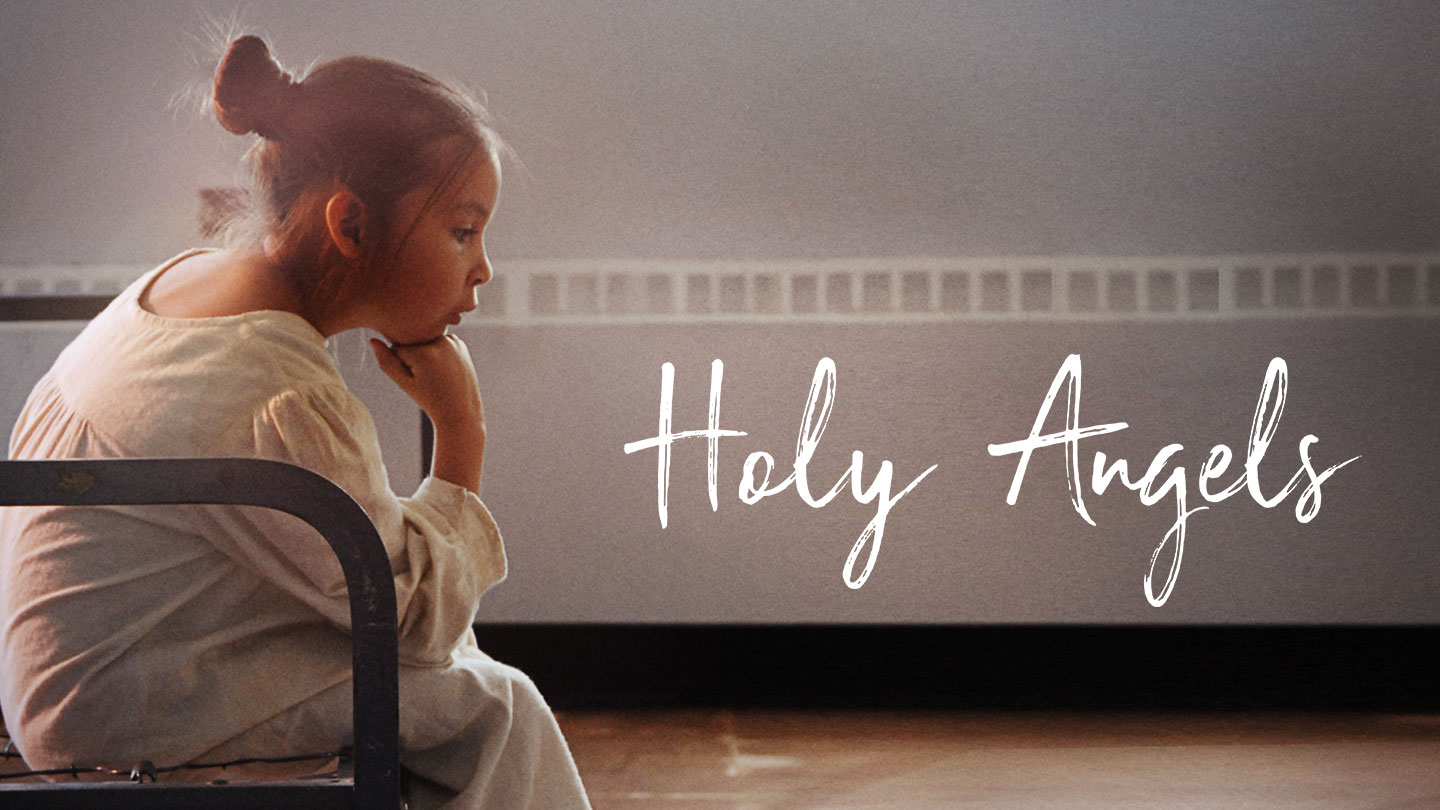For me, growing up in Canada consisted of playing hide and seek, baseball, football with the neighborhood kids and maybe a little knock-knock Ginger. I’ve talked with old friends and family about the good ole days. We always end up laughing about some of the fun activities we did and trouble we got into. Little did I realize, that while I was having fun being a kid, there were other kids in my same Canada being ripped from their homes and abused by those sworn to protect them.
Being born First Nations used to mean that you had to attend residential schools run by Catholic priests and nuns. It meant that you were taken from your family and kept in isolation for the remainder of the year. You were stripped of your native language, stripped of your culture, physically and sexually abused and left with emotional scars that would permeate your soul and impact the rest of your life. Many victims of residential schools have committed suicide or turned to alcohol to numb the pain. They don’t have the same luxury of laughing about the good ole days because they were to busy trying to survive the constant abuse. Hard to fathom that my country used their authority to abuse children of First Nations without consequence and for so many years. The last residential school was closed in the 90’s. A black eye for Canadian history and a call for reconciliation had finally begun to compensate the victims. Better late than never?
Jay Cardinal Villeneuve recently made the documentary, Holy Angels to shine a light on the subject of residential schools through testimony of one of its survivors. The film is produced by the NFB and I was very grateful for the opportunity to speak with the writer/director Jay Cardinal Villeneuve.
“This is a hard subject to talk about. Did you find much apprehension on the part of your subject, Lena Wandering Spirit?”
“Not at all. I’ve known Lena for a number of years and we had met at a First Nations event in Edmonton. At that time she had informed me that she was a survivor and was adamant about telling her story. “
The school is located in Fort Chipewyan, Alberta. The day that Jay and the film crew had travelled up there to interview Lena, she had been hospitalized and unable to be interviewed. Instead, they filmed the school, the town, the church and the father’s residence. Once Lena was well enough to talk, Jay and the crew then travelled to a Fort McMurray hospital, where Lena was admitted at the time, to continue the interview process. They filmed her in the hospital’s basement chapel because Lena is close to her religion.
Her testimony of the events that took place in the residential school is compelling, shocking and emotionally riveting. Jay tells me that it only scratches the surface of the atrocities that occurred to other victims. He’s heard many horrific stories that were not mentioned in the documentary that go much deeper and darker. Lena’s story is one of 150,000 that is out there. The documentary, Holy Angels allows her story to unfold while a young five year old girl, Phoenix Sawan portrays her innocence through interpretive dance. Beautifully done and poetically dressed, the tone is one of healing and freeing the human spirit from the negative past and embracing a positive future. At one point in the film, the young girl performs a healing dance inside a former residential school classroom. It is a stark contrast from the past and the present. She is the same age Lena was when she was taken from her family.
“How did you choose Lena as your subject?”
“We had met years earlier and had kept in touch throughout the years. We had both grown up in northern Alberta and she reminded me of my grandmother as she told me about her experiences within the residential schools. The stories were very similar.“
Jay and the film crew of approx. 8 had travelled to Fort McMurray and Mission for 5 days of shooting. While in Mission at the St. Mary’s school, they filmed the young Phoenix dancing in the tunnels underneath the school. It’s quite entrancing when you consider the previous history of the school. The residential school, Holy Angels is now used as office space, a daycare and for educational purposes.
“Why did you want to make this documentary?”
“I’ve always felt compelled to make a film out of respect for the survivors of the residential school system. In making this film, I’m hoping it helps to give victims a voice as well as helping them to begin to heal. By having Phoenix Sawan performing interpretive dance it also demonstrates a uniting of her culture with the survivors.”
“The young girl was a great addition to the documentary to demonstrate the contrast between the past and the present. How did you find her?”
“I actually knew her dad and we had been connecting through social media. He’d been posting photos of Phoenix in ballet. He’s a hip-hop artist and motivational speaker for youth as well as a role model in his community. I told him what I was doing and asked if he wouldn’t mind his daughter being involved. He was happy to have her be part of the project.”
Michelle Olson was the dance choreographer helping Phoenix perform select dances that fit within the theme. Jay prefers collaboration with his team and he says that NFB was very hands on and involved throughout every stage of the production. Selwyn Jacob was the producer and a guiding hand on location and off.
The film has premiered in Toronto and LA. It will be screening at the Whistler Film Festival on Friday. Jay tells me he has had such positive feedback from the audience and has felt much love for making it. People have approached him afterward to either express their thanks in telling their story or for informing them of the residential school stories.
On one hand Jay admits he’d wished he’d never heard the stories… but now that he has, he is grateful to know the truth. He still carries the stories with him but has his wife, kids and family to remind him of how fortunate he is.
Jay is waiting on confirmation to screen the film in Berlin and adds that next year looks promising for many more festivals. Compelling stories that many survivors have trepidation about discussing. The testimonies are necessary to hear as fellow Canadians. It’s part of our heritage and its dark history. Let’s hope we can all learn from it and be a better country for having faced our truth.

